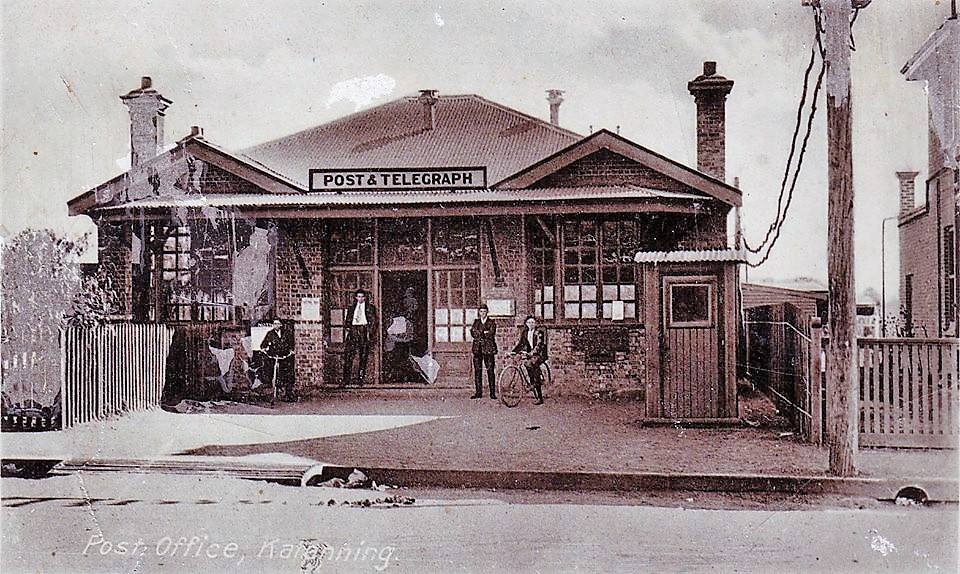Telecommunications
Katanning has had telecommunications services since 1883 with the opening of the Katanning Post & Telegraph Office on 4 August.
Kevin Porteous has provided the following information:
Timeline:
Researcher: Kevin Porteous
Katanning original Post & Telegraph in Clive Street c1900
After the construction of the new building this was converted into the Post Master’s house
- 1892 – Mr Trott is the successful tenderer for the erection of the Post and Telegraph offices at Katanning and Broomehill at the respective prices of £986/17/0s and £978/0/0s.
- 1893 – The Post and Telegraph Office at Katanning was opened on 4 August 1893.
- 1901 – The Postmaster-General’s Department of Australia was created in 1901 to take over all postal and telegraph services from the states and administer them on a national basis. The Department is called the PMG.
- 1907 – The opening of the first Telephone Exchange for Katanning was possibly due around July 1907. Due to an illness of the officer sent to commission the new Exchange it was delayed and opened on the 11th October. This Exchange was housed in the existing Post and Telegraph building.
- 1912 – In 1912, Mr J. Park was the successful tenderer for a new post office building – the original one having been built in 1892 of which A.E. Piesse was the first postmaster. The contract price for the new post office was £2482/4/10 and the building is completed in 1913.
- 1913 – The new Post Office is located on the corner of Clive and Richardson Streets and was opened in April. The Great Southern Herald describes in detail the building in all its glory and gives background on the need for the upgrade. The old building, now used as part of the Postmaster’s residence, is also mentioned. Completion of a new trunk line between Perth and Albany allowed Katanning to communicate with other towns and subscribers on this network.
- 1929 – A later upgrade to the Perth to Albany trunk line allows multiple calls over the single pair of wires.
- 1952 – With the increase of subscribers to the telephone network the conditions at the Post Office became so cramped they were housing communications equipment temporarily in shelters at the rear of the premises. A contract was let to Mr. M.P. Cullity of Perth to construct a new two-story Exchange building located at the rear of the P.O. near the back lane.
- 1958 – This year saw the completion of additional upgrades to the Katanning Exchange including the conversion from magneto to central battery. This process removed the need for the magneto phone and batteries at the house and allowed the subscriber to just pick up the handset to connect to the operator. Future upgrades planned at the time were the use of 12 channel systems, per single pair of wires, at the cost of £18,000.
- 1965 – Television was now a reality for the southern part of Western Australia. With this came new technology and infrastructure. Coaxial cable and microwave were being used to provide the television stations with the vision to be relayed to new transmitters at Bunbury, Mawson (near Quairading) and Mt Barker. The future for telephone communication now had the necessary backbone to advance beyond the use of manual switchboards and overhead trunk lines. The new “Broadband” Network had the capacity to carry hundreds of voice calls between major exchanges located along the route.
- 1966 – To house the new technology being rolled out in the south of Western Australia an extension to the Katanning Exchange building was required. The Commonwealth Gazette of 10th November shows the contract awarded to Westdorp Constructions, Mt Barker, at a cost of $55,417. (I am still uncertain if the extensions were done in stages, as parts of the Automatic Exchange was in and working before the completion of the three storey structure. (Kevin Porteous)
- 1968 – Conversion to automatic arrived in Katanning on the 16th June, with the installation of the Ericsson Crossbar Exchange, commonly called among technicians as the ARF (Ericsson terminology). This Exchange allowed the dialling of local numbers, now with six-digit numbering, starting with the prefix of 211xxx. Trunk calls would have still been made via the local telephonists in the Manual Assistants Centre (MAC) located on the first floor of the 1952 building.
- 1969 – Completion of the Microwave system links Katanning into the major trunking system around the south of Western Australia. The installation of the automatic “Trunk Exchange” at Katanning is completed on the 14th October and is built using Ericsson Crossbar technology and is called the ARM (Ericsson terminology). Approximately 28 percent of W.A. country subscribers have access to the Subscriber Trunk Dialling (STD) network. Katanning is the only “Trunk Exchange” in the 098 area and as such all calls in or out of this area would be automatically switched through this exchange.
- 1970 – The East-West microwave came into service on July 10th, bringing to W.A. not only extra voice channels but STD to other states and the ability to send and receive TV programs across the nation.
- 1975 – The Postmaster Generals Department is split into Telecom Australia and Australia Post. The Telephone Exchange and Post Office are now operated separately by their own Government Commissions.
- This is possibly the same year that the telephonists were relocated to the lower floor of the new three-storey extensions. On relocating they are introduced to the new technology “switchboards” that are no longer used for “plugging” calls to other subscribers. Now the primary work is to provide Directory Information that is not listed in the Local Area Telephone Directory. This technology is also provided by Ericsson equipment and is call the AFG (Ericsson terminology).
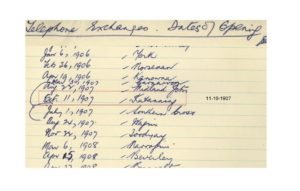
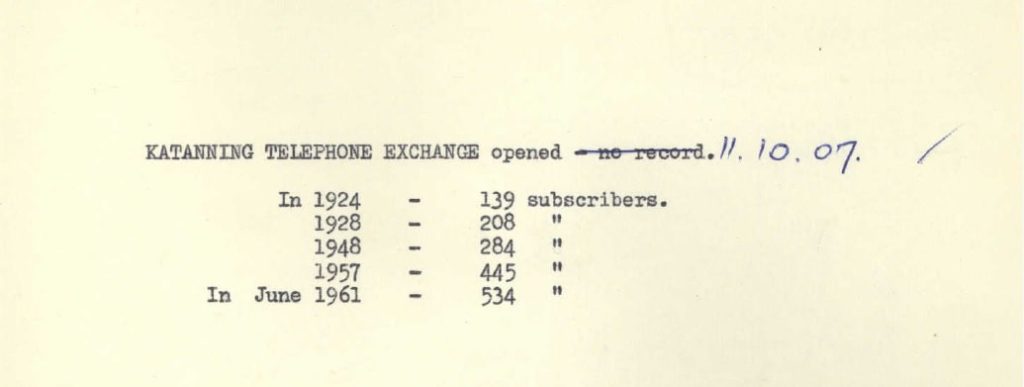
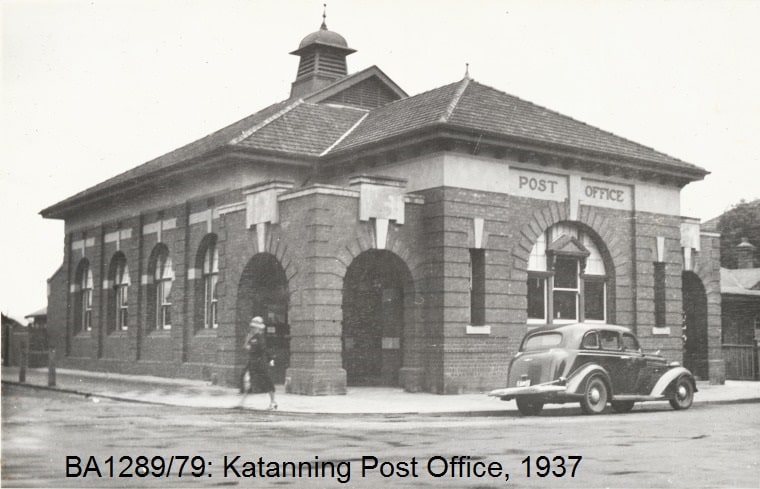
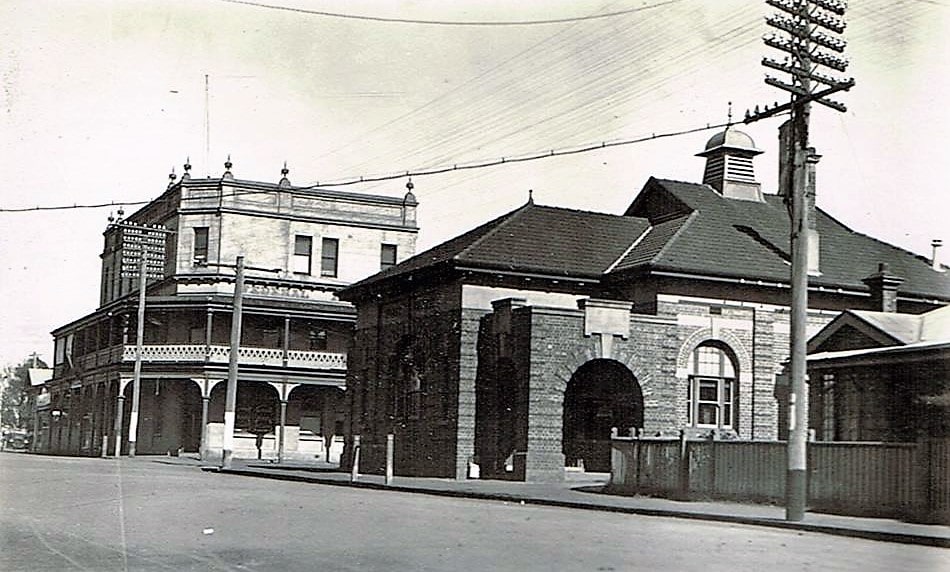
Additional Reading:
Early days of telegram history in Western Australia – A Time Line: CLICK HERE
Second Telegraph line to Albany via Katanning.
An alternative telegraph route is always considered as a desirable precaution in case of local disturbances which break lines or take down poles. This issue of interruptions was a much debated one in various places. Continue reading
The Retirement of Hr. E. H. Innes
Sunday Times – Perth
12 March 1922
Mr. Edward Hume Innes, inspector of post and telegraphs, of Katanning, retired, from the Commonwealth Public Service on the 1st inst, having reached, the age limit prescribed by the postal regulations. Continue reading
Improvements – 1950’s and 60’s
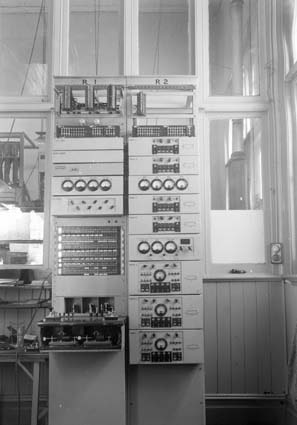
gear in 1957
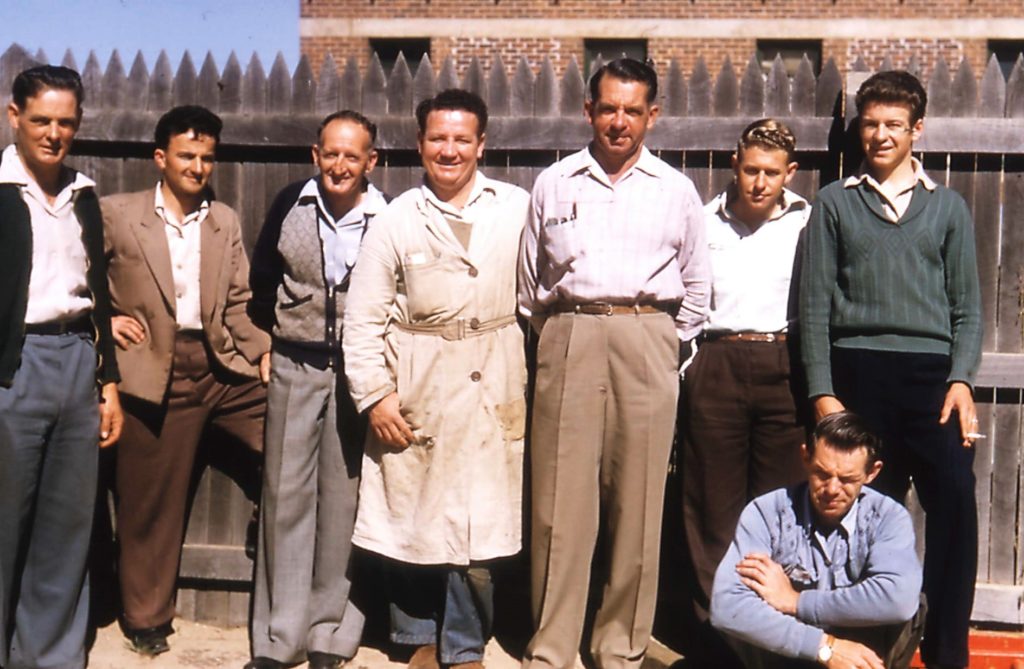
Magneto – CB Conversion
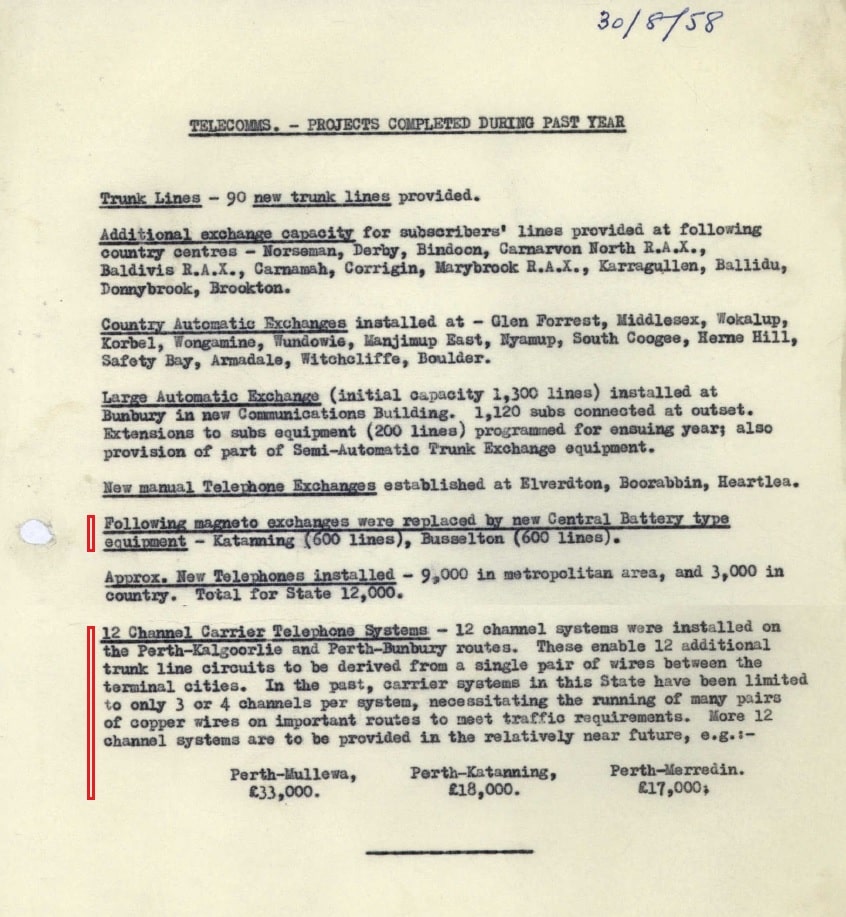
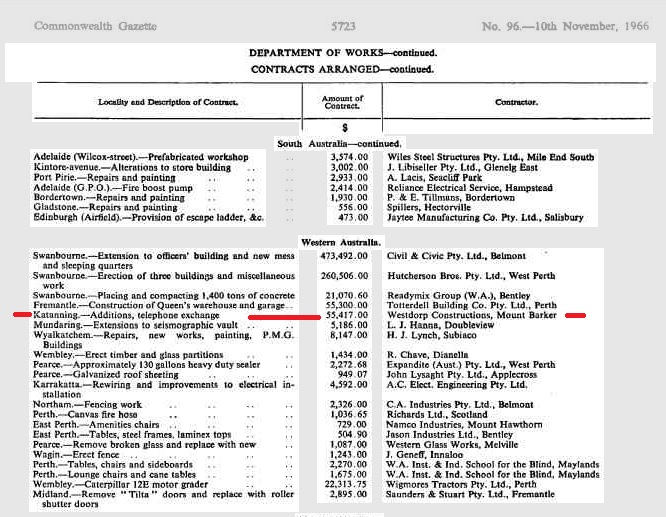
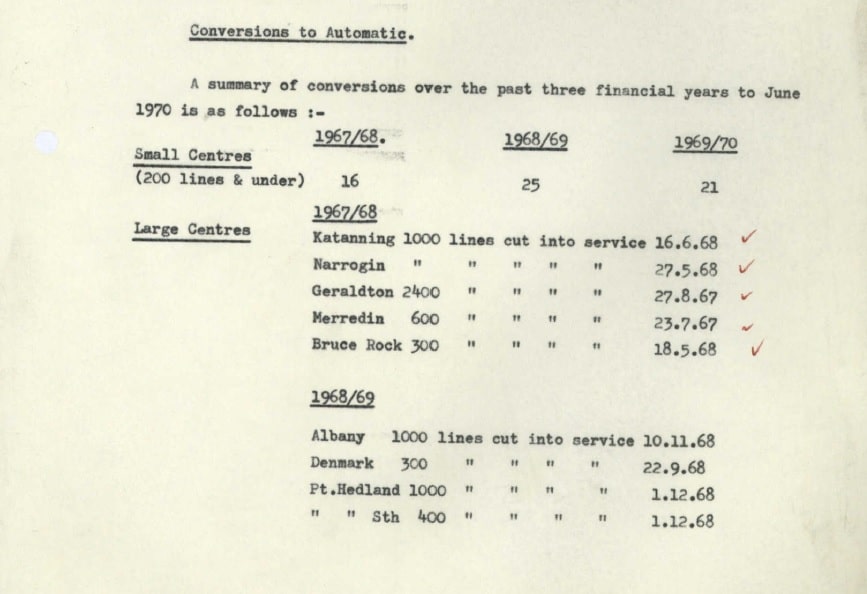
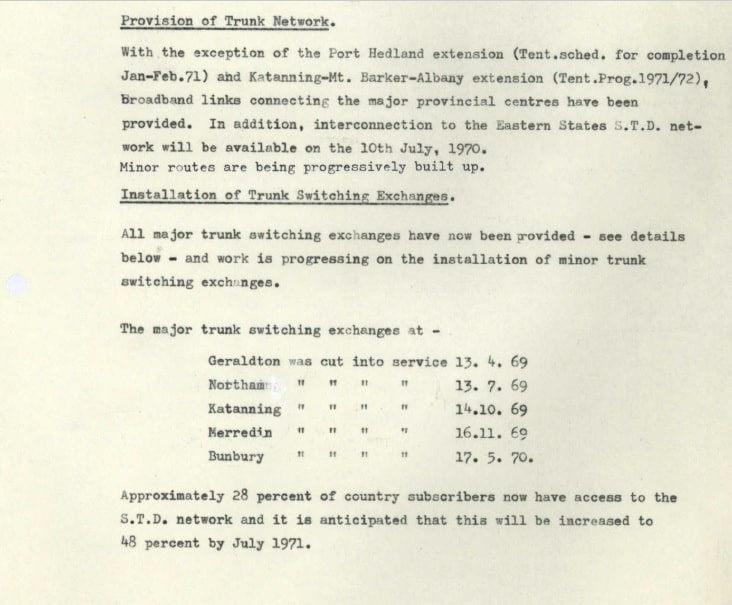
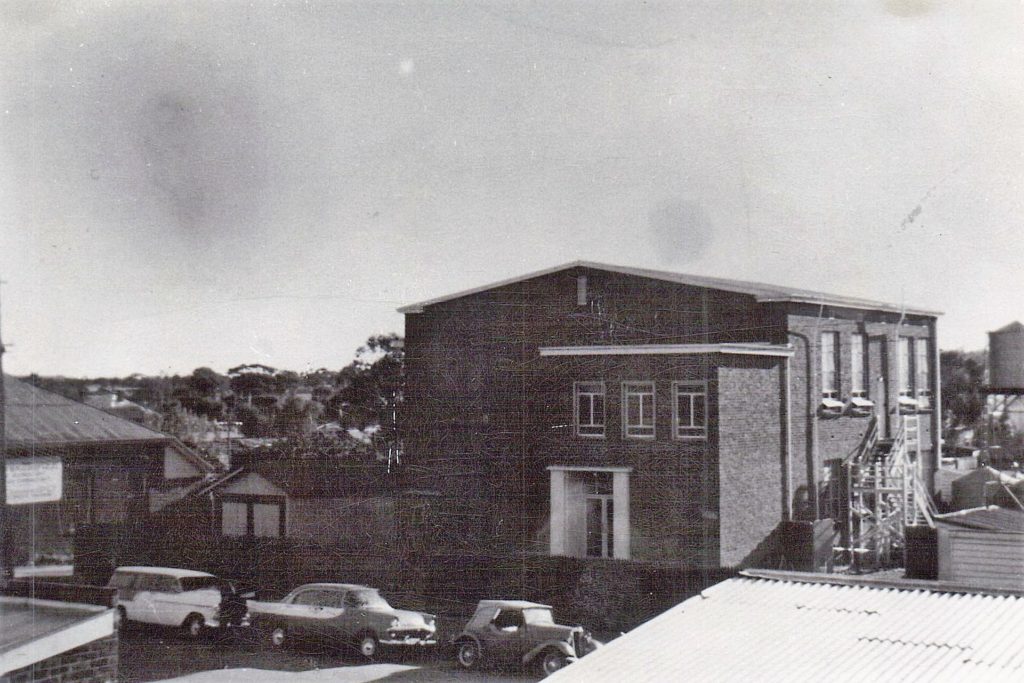
by Mr. M.P. Cullity
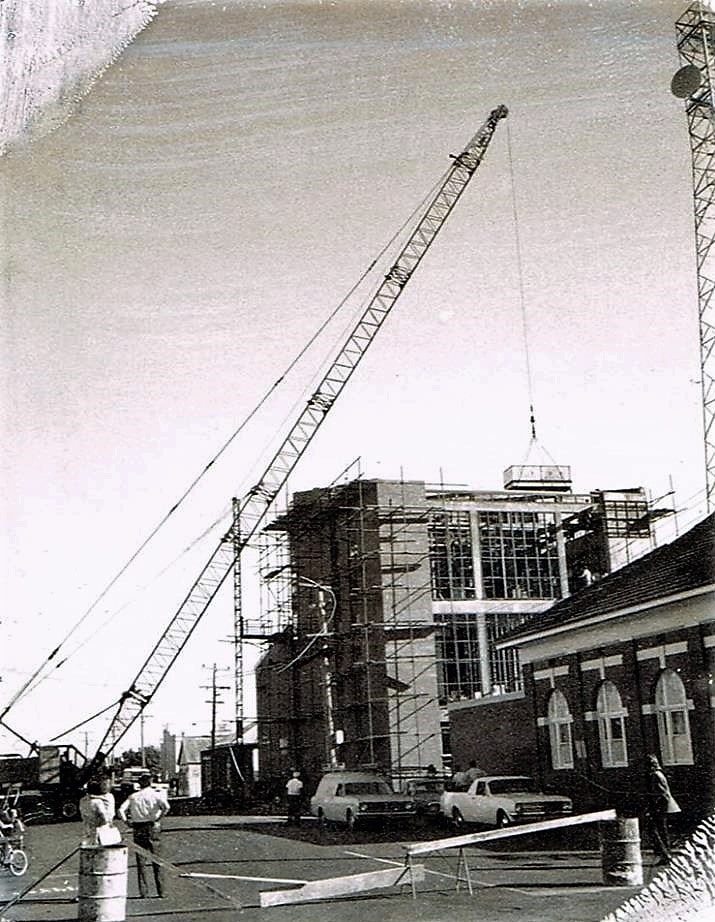
exchange by Westdorp Constructions
Commenced in 1966
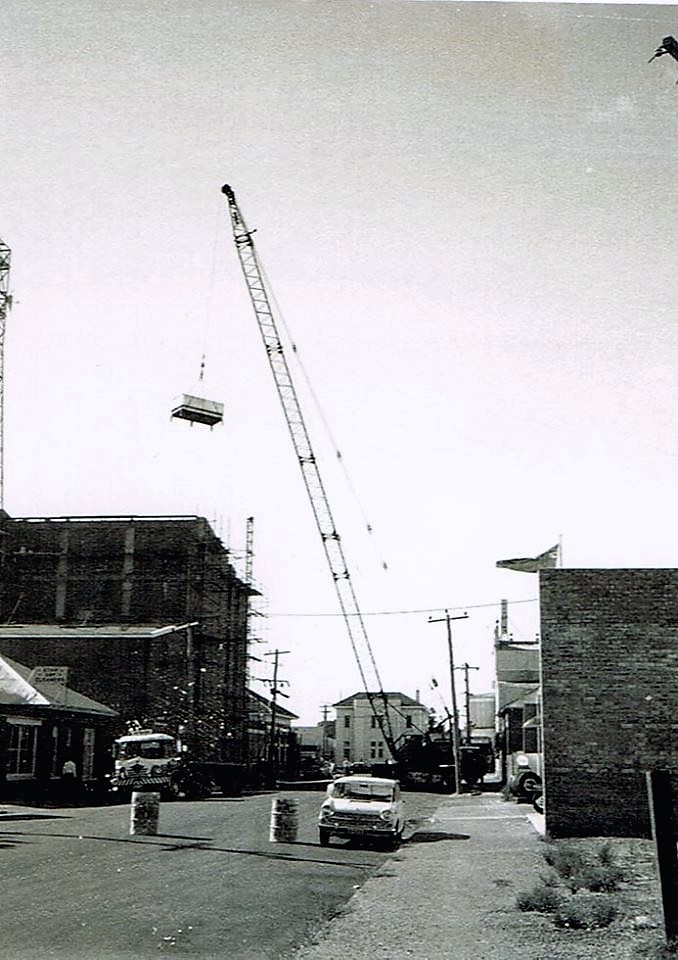
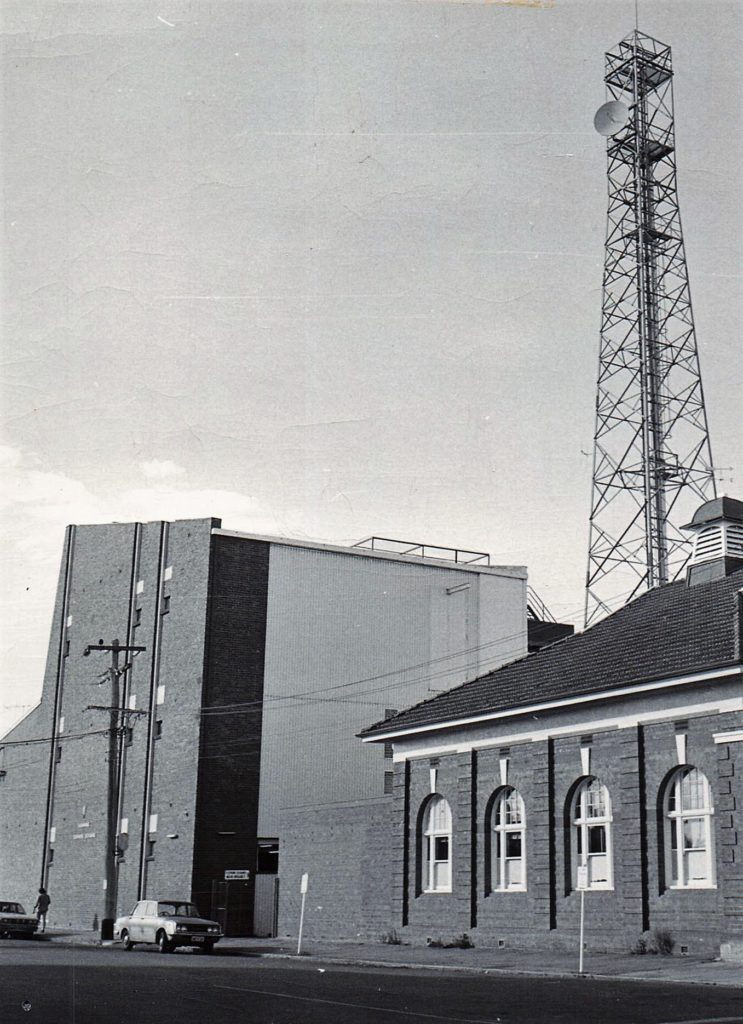
Post Office and microwave tower
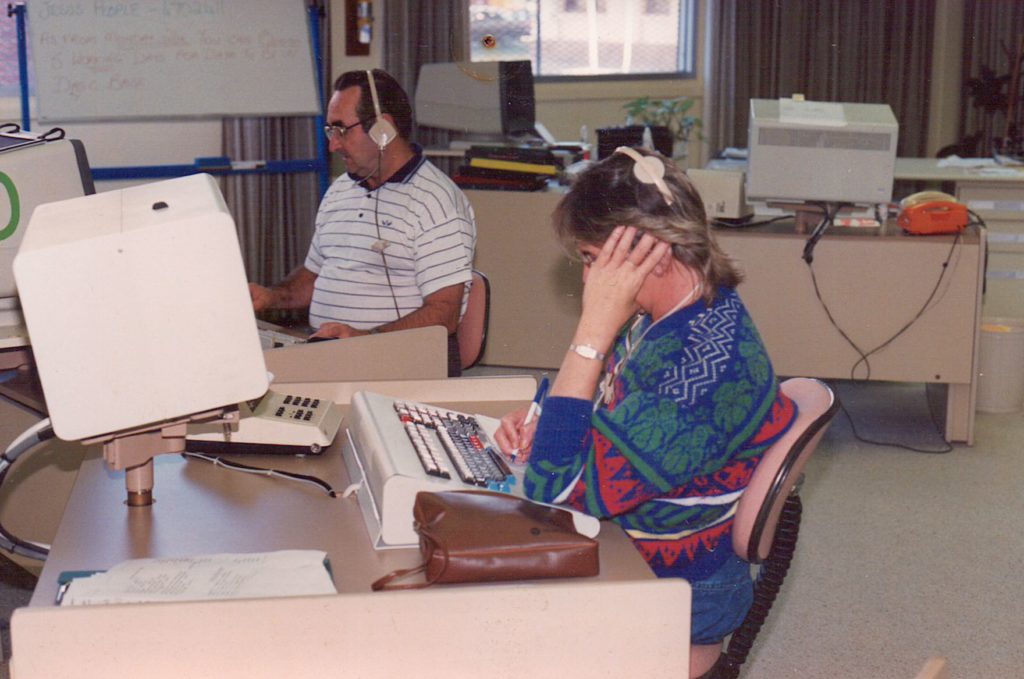
Ken McLeaod and unknown.
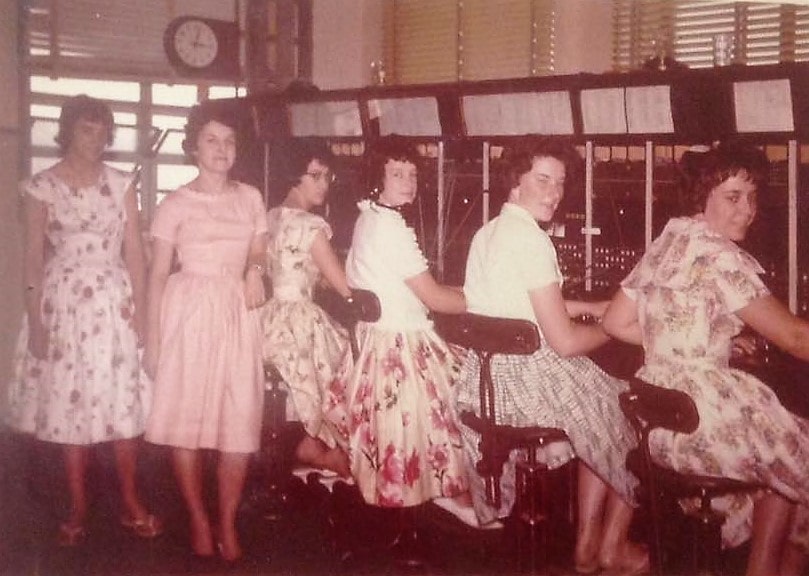
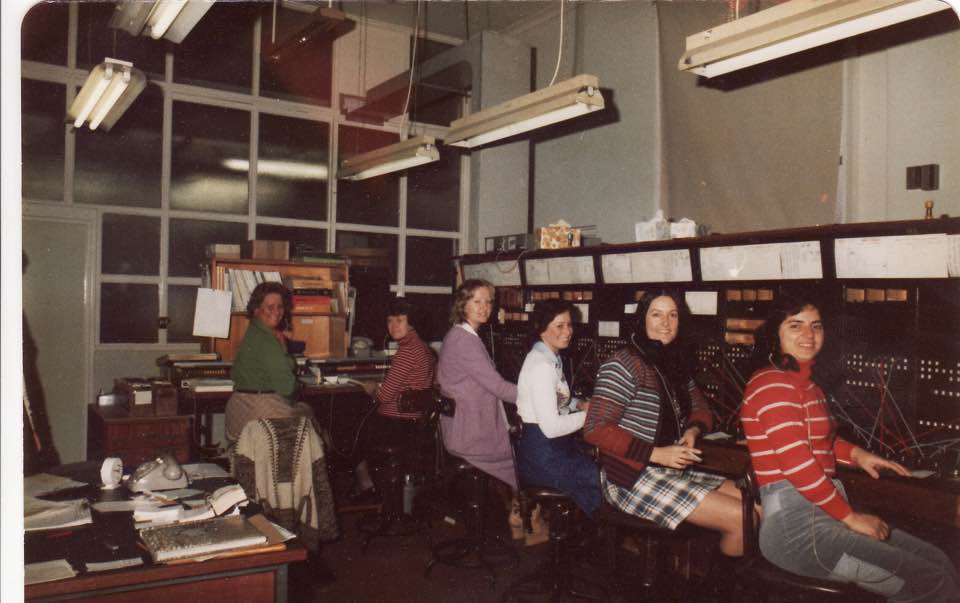
Telecommunications. Telecommunications. Telecommunications. Telecommunications.

